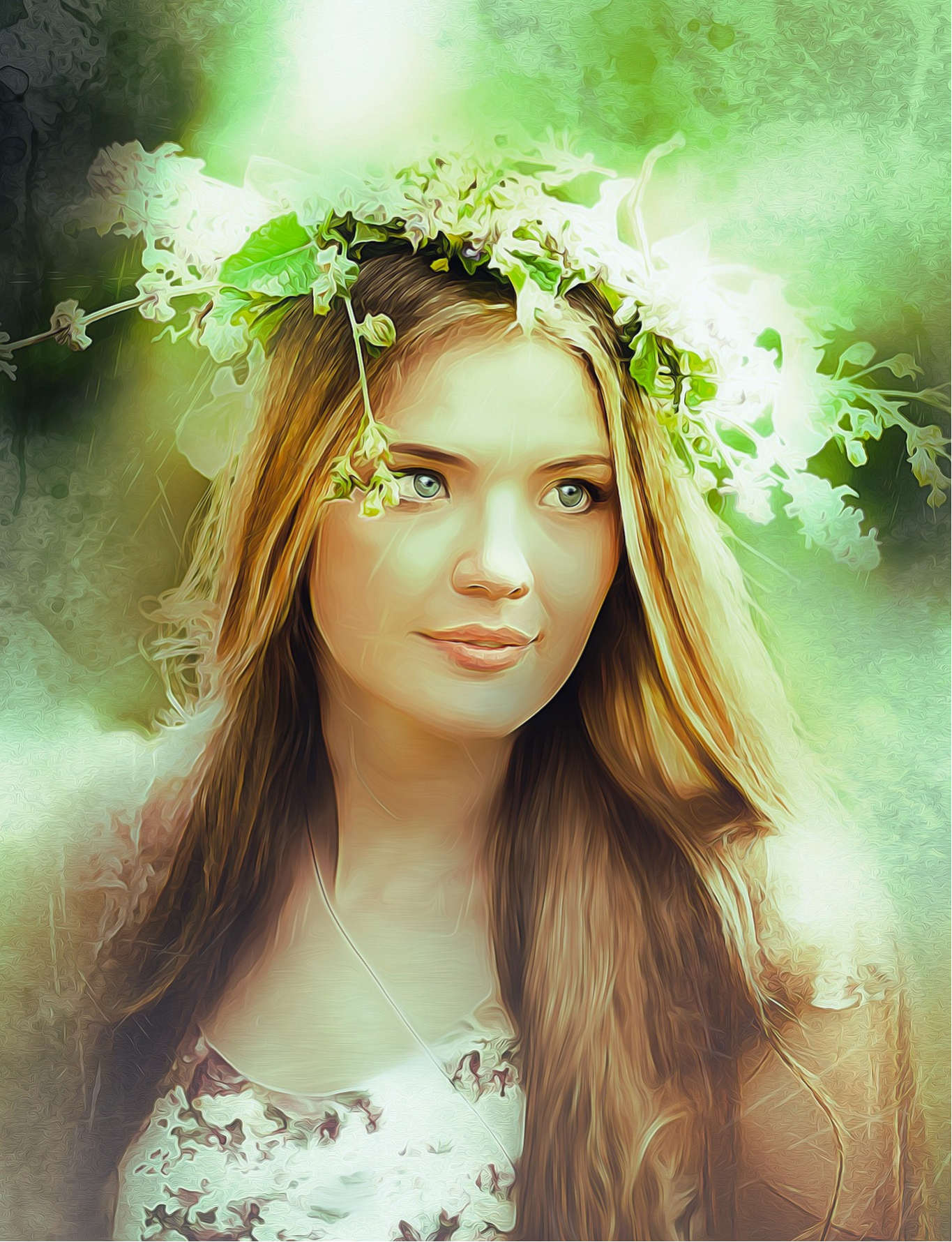I wrote this blog prior to my African trip inspired by realizing that I’d return home in the wee hours on February 2nd.
February 1st and 2nd are known as Imbolc, Candlemas, or Groundhogs Day here in the USA. It’s halfway between winter solstice and spring equinox.
It’s also a day in honor of the Celtic goddess and Matron Saint of Ireland, Brigid.
Arriving back on this day seems like divine timing—to return after my deep dive into the heart of Africa on the day when spring is beginning to stir.
Seed tendrils are starting their journey of growth, but before they reach upwards towards the light, their tiny roots first reach further down in the dark.
The dark supports growth. This is important to remember when we’re stuck in the darkness of grief…
Spring
always
returns.
In my rabbit hole of research I learned that Groundhogs Day was inspired by Brigid. The ancient ones did weather divination; they would listen for birdsong and if they heard it they knew spring was returning. If not, it meant more winter.
In my experience, grief feels like a state of perpetual winter, regardless of any birdsong.
It’s like Bill Murray’s movie, Groundhog’s Day, where he repeats the same day over and over again. Just like grief, yes? Every day the same heavy griefyness.
In grief, there’s a longing for the ice to thaw and for spring to finally come. It may take years for our grief to melt and have more moments of light and joy. Eventually it comes. And for me that also meant crying tears of joy when spring finally arrived.
… | 